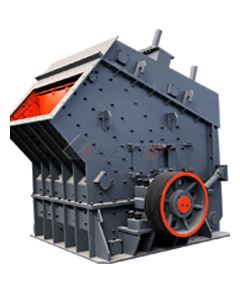Coal mills (also known as pulverizers) play a crucial role in coal-fired power plants by grinding raw coal into fine powder before it is burned in the boiler to generate steam. Here’s an overview of their function, types, and importance:
1. Purpose of Coal Mills in Power Plants
– Pulverization: Coal must be ground into a fine powder (typically 70% passing through 200 mesh) to ensure efficient combustion.
– Drying: Removes moisture from coal using hot air, improving combustion efficiency.
– Fuel Transport: The pulverized coal is blown by primary air into the boiler furnace for burning.
.jpg) 2. Types of Coal Mills Used in Power Plants
2. Types of Coal Mills Used in Power Plants
Several types of pulverizers are used depending on coal properties and plant design:
# a) Ball-and-Tube Mill
– Uses steel balls to crush coal.
– Suitable for hard coals (bituminous/anthracite).
– Operates at lower speeds but has higher maintenance due to wear.
# b) Vertical Spindle (Roller) Mill
– Most common in modern plants.
– Uses rollers or tires to crush coal against a rotating table.
– More energy-efficient than ball mills.
– Types:
– Bowl Mill (HP, RP, or XRP series)
– Roller-Race Mill
# c) Impact (Hammer) Mill
– Uses hammers to pulverize coal.
– Faster but less precise; used for softer coals like lignite.
# d) Attrition Mill
– Grinds coal between two surfaces in relative motion.
– Less common but useful for specific applications.
3. Key Components of a Coal Mill System
– Grinding Elements (Balls/Rollers/Hammers)
– Classifier (Separates fine particles from coarse ones)
– Primary Air Fan (Delivers hot air for drying & transport)
– Coal Feeder (Controls coal supply rate)
– Re ts System (Removes ungrindable material like pyrite)
ts System (Removes ungrindable material like pyrite)
4. Factors Affecting Coal Mill Performance
– Coal Hardness & Moisture: Softer coals grind easier; wetter coals need more drying.
– Fineness Requirement: Finer coal improves combustion but increases mill load.
– Wear & Tear: Erosion from abrasive minerals





Leave a Reply